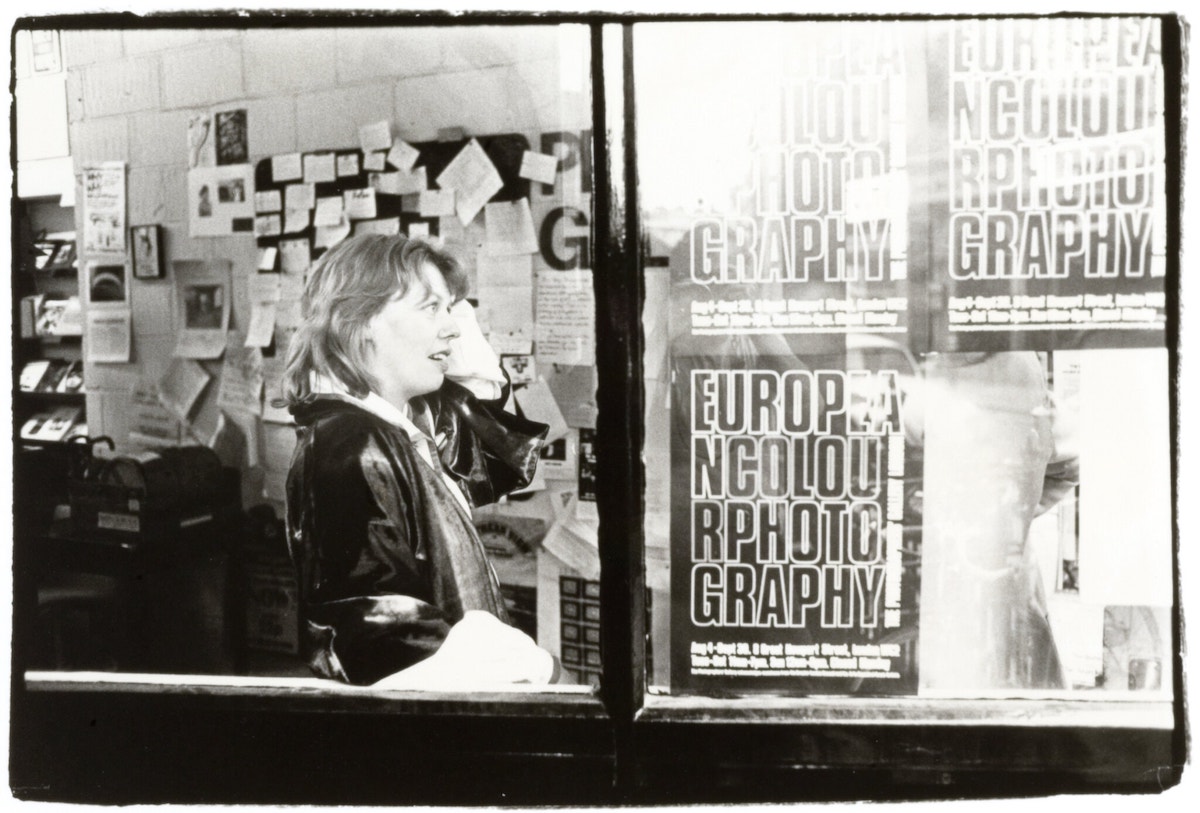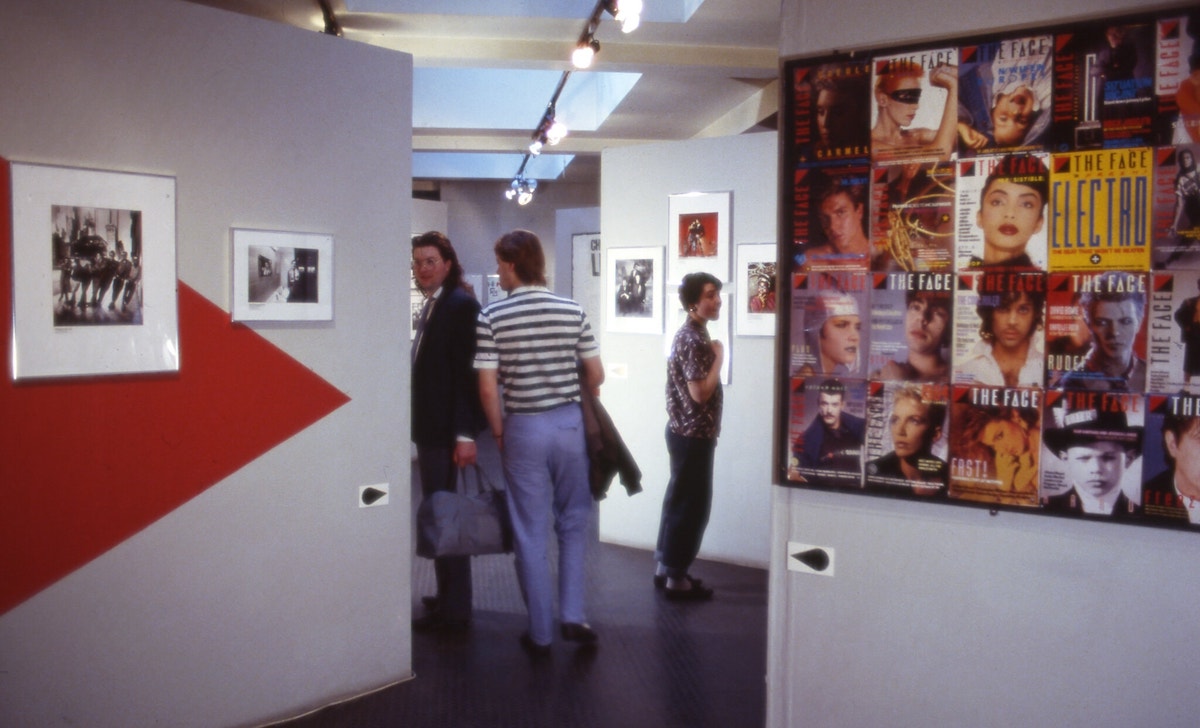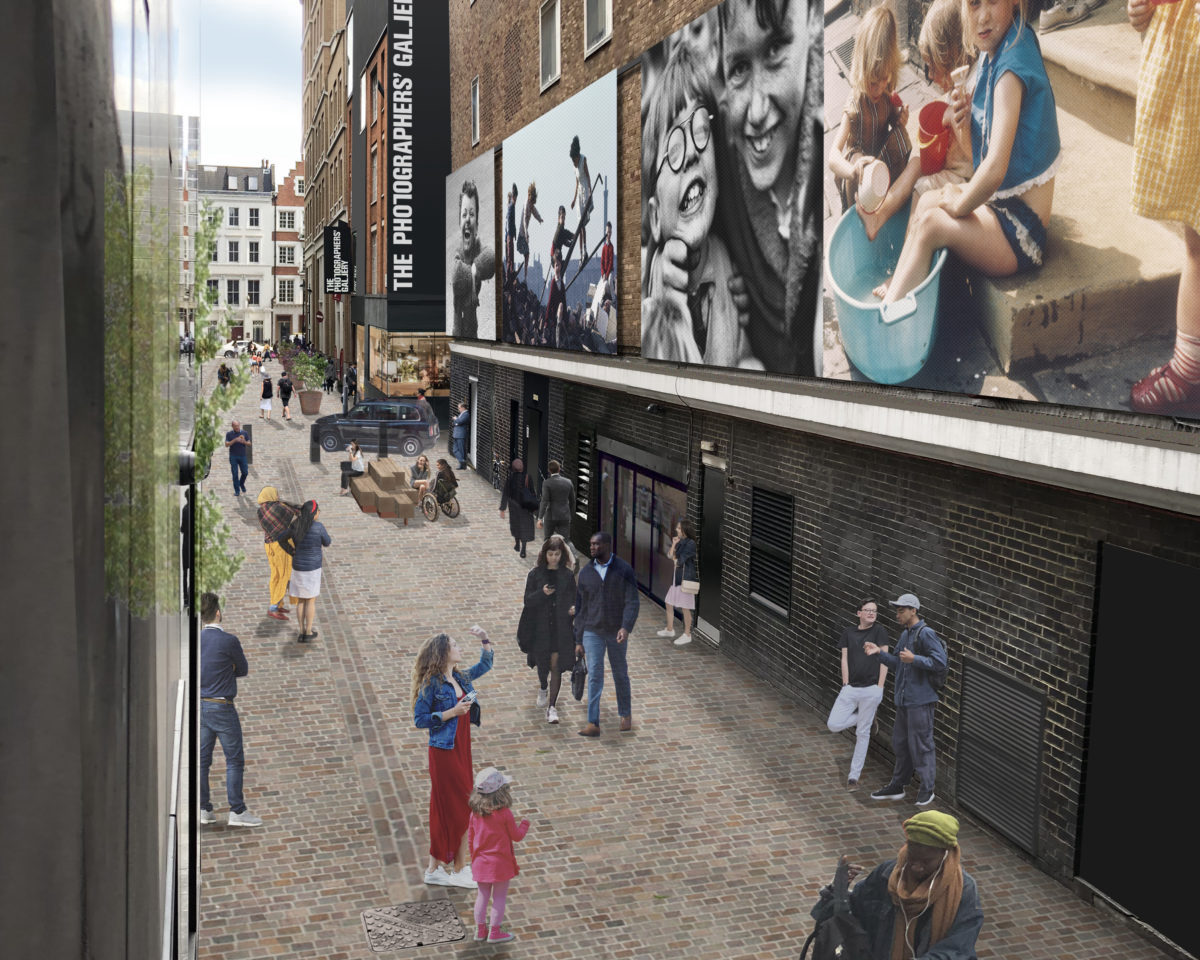In the late 1960s, Sue Davies stepped in to help finish a women-focused photography show started by a sick colleague at the Institute of Contemporary Arts in London. Though the exhibition was a hit and ignited her newfound passion for the medium, the institute balked at her suggestion of featuring more photography in the future. They had only commissioned the previous show because they received the images for free. Incensed by the museum’s snooty outlook, Davies got to work, and launched the city’s first exhibition space dedicated exclusively to photography three years later. Her motive? “To gain recognition for photography as an art form in its own right,” she wrote in her original proposal.
From the outset, the Photographers’ Gallery was instrumental in promoting photography’s value to the wider world and cementing its status as one of today’s most significant art forms. (The medium’s upward trajectory mimics that of the gallery, which moved into a modern five-story building in 2012.) To celebrate its 50th anniversary, the gallery is launching a four-part exhibition series, called “Light Years” and curated by the writer, researcher, and broadcaster David Brittain, that draws on rarely seen archival materials to explore key moments and movements in both the gallery’s history and the photography landscape at large.
“Light Years” kicked off in June with a look at the gallery’s original focus on photojournalism and reportage, which helped promote the figure of photojournalist-as-artist and reflected on the eclipse by television of the printed press as the main provider of news. The second installment opens this month with a retrospective on the fashion and advertising photographers the gallery featured throughout the 1970s and ‘80s, including a controversial show about ascendant magazines such as i-D and The Face. The third show chronicles the rise of “documentary” photography in the ‘80s; the final show traces technological innovations in the medium, which ranges from flash photography, holography, Polaroids, and advanced darkroom techniques all the way to the explosive impact that digital imagery has left on our everyday lives through the internet, datasets, and machine learning.
“How do you encapsulate the history of this very complex and important institution?” Brittain says in a video interview. “Everyone now knows that photography is an art, but there was a point when it wasn’t so simple. Maybe it’s been forgotten just exactly what it involved to turn attitudes around. That’s the key question for me. What was the job of this gallery? Given that nobody else was really driving this agenda, what was it doing? And what was happening in this place?”
While those are no easy questions by any means, what happened within the Photographers’ Gallery will be felt outside for years to come. The gallery will soon anchor a local council initiative called the Soho Photography Quarter that intends to transform the neighborhood into an attractive, pedestrian-friendly space with amped-up cultural offerings such as light projects, street banners, and a contemporary art frieze. Construction on the quarter began in March and is expected to wrap up next spring.


